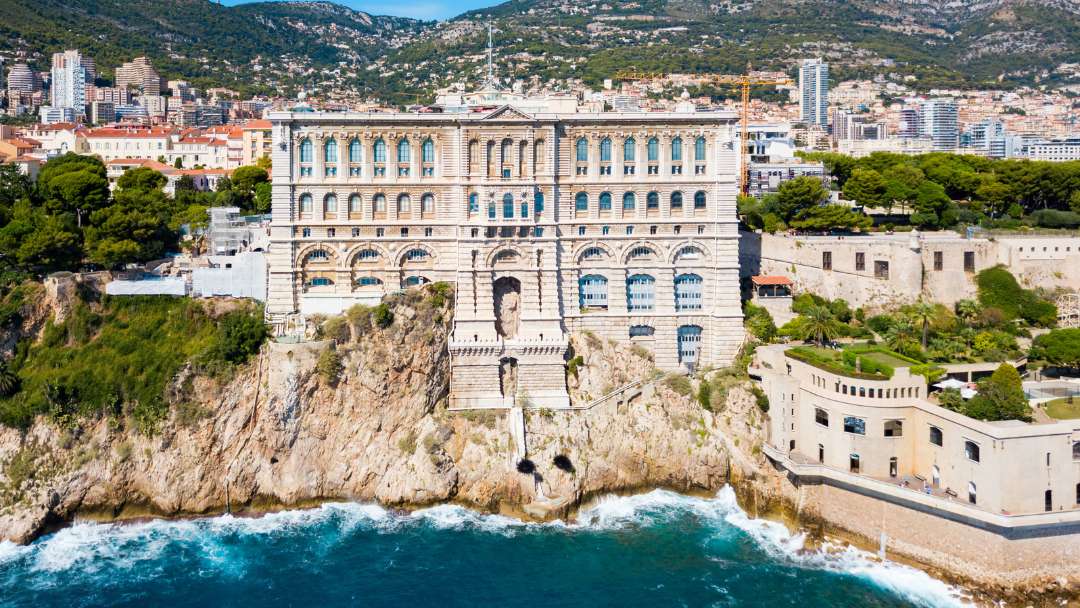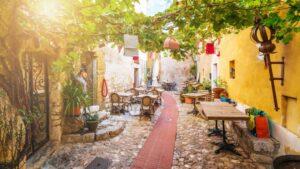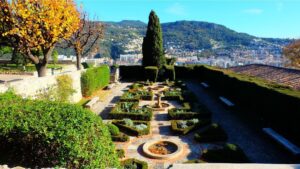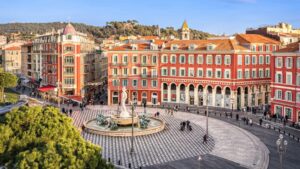Monaco’s Oceanographic Museum doesn’t just talk about the sea, it explores it. Founded in 1910 by Prince Albert I, it has dominated the Mediterranean for over a century. Its aim is simple: to pass on the discoveries made at sea and raise awareness of ocean conservation.
Whether you’re planning a self-guided visit or an organized excursion with a tour operator like Tour Azur, this article gives you all the keys you need to make the most of the site. Discover also the must-see places in Monaco to complete your excursion.
Before going into the details of the spaces and basins, it’s important to understand why this museum has become such a symbol, both scientific and cultural.
Why visit Monaco's Oceanographic Museum?
Built into the side of a cliff, the museum has dominated the Mediterranean for over a century. It was founded in 1910 by Prince Albert I, a pioneer of marine science, after several oceanographic exploration campaigns.
In the 1950s, Captain Cousteau took charge of the museum. Today, his name remains associated with a new era: that of large aquariums, underwater exploration missions and public education.
The museum now houses over 6,000 live specimens. Tropical fish, fluorescent coral, sharks and turtles: everything is designed to allow a progressive and immersive discovery of marine ecosystems.
As a scientific center, exhibition space and cultural institution, the Oceanographic Museum continues to uphold the Principality’s legacy of ocean exploration and protection.
The building itself is worth the detour. Here’s a look back at the history of this unusual building, designed to link science and the sea.
A mythical place between sea and science
In Monaco, few buildings tell as many stories as the Oceanographic Museum.
Its monumental architecture, clinging to the rock at a height of 85 metres, is as impressive as it is intriguing. It took 11 years to build, with stones from La Turbie and Italy, and a single goal: to bring together the sea and science.
In the historic rooms, period instruments stand side by side with Prince Albert I’s campaign souvenirs. Between my nautical charts, cetacean skeletons and exploration tools, each object recalls the beginnings of modern oceanography.
Today, the museum is still a place of transmission. Temporary exhibitions combine art and science, aquariums are used for research, and the foundation continues to work to safeguard marine species.
But there’s more to the museum than its foundations. What strikes you once inside is the experience itself, designed for all audiences.

An immersive experience for young and old
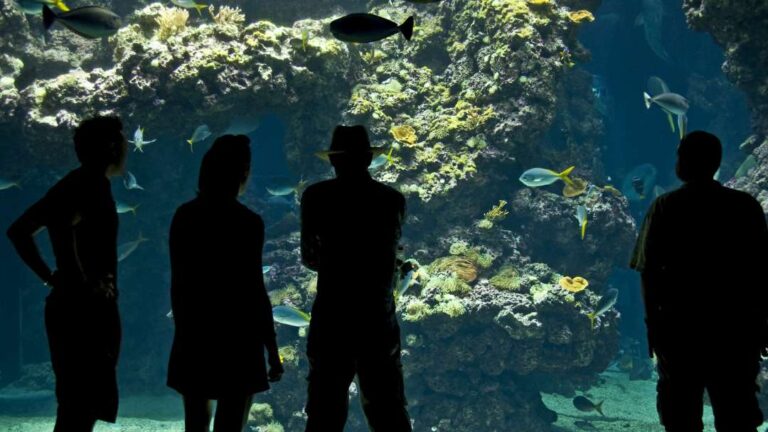
Behind the stone walls, the experience is anything but static.
From the moment visitors enter, they are invited to dive right in. Darkened corridors, meticulous lighting, panoramic pools: every space is designed to capture attention and inspire wonder.
Children can get up close and personal with jellyfish, clownfish and sea turtles. Adults, on the other hand, are drawn to the interactive installations, large-format projections and tales of past explorers.
Recent exhibitions such as Mission Polaire and Immersion dans les grands fonds offer a truly sensory voyage. Sounds, images, materials: everything is done to reconnect the public with the ocean.
The Oceanographic Museum is not a place to visit, but a place to experience. As a family, with friends, or on your own: there’s a way for everyone to understand and love the sea.
The museum is rich, dense and multifaceted. Here’s a glimpse of what you’ll discover in each room.
What to see: aquariums and marine exhibits
Sharks, turtles and tropical reefs
In the depths of the museum, the pools plunge you into another world. That of coral reefs, tropical fish and sea turtles. The shark lagoon impresses with its size, filtered light and immersive staging. Sharks swim alongside stingrays and schools of fish in a lively setting.
Further afield, Mediterranean areas reveal a local fauna that is often overlooked. Moray eels, scorpion fish, anemones… the museum also highlights what can be found nearby, in the waters of the Côte d’Azur.
Each tank has been designed to show, explain and arouse curiosity, without ever overloading.
Further on, other rooms tell the story of oceanography and the prince who brought it to life in Monaco.
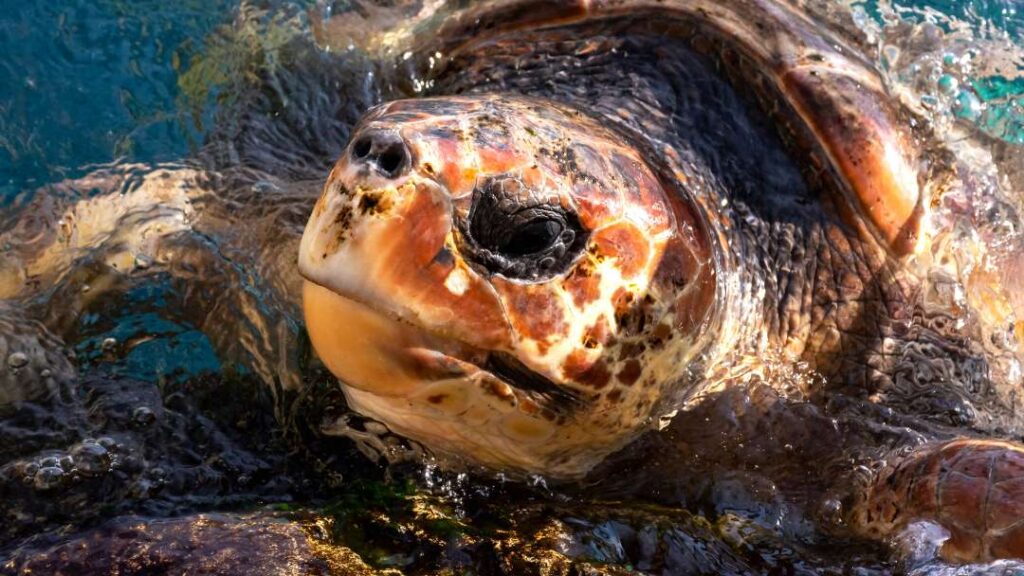
Theme rooms: the Whale, Albert I, cabinet of curiosities
Here, it all begins with Albert I. His exploration instruments, sketches and ship models tell the story of the beginnings of modern oceanography.
In the whale room, skeletons hanging from the ceiling give an idea of the scale, silence and power of the marine world. Children are speechless. Adults too.
The more confidential Cabinet of Curiosities showcases rare objects, artistic creations and installations that question our relationship with the ocean. It’s both poetic and raw, contemporary and profoundly scientific.
The museum doesn’t forget its youngest visitors. In fact, some areas are entirely dedicated to them.
Activities and workshops for children
The museum has also thought of the youngest visitors. In thetactile area, children can get up close to starfish and baby sharks. The teaching team supervises, explains and reassures.
Other areas are designed as immersive journeys. 360° videos, sounds from the depths, light effects: here, you don’t look at the ocean, you project yourself into it.
The aim is clear: to create a lasting emotion, a desire to understand and protect.
To make the most of your visit, a few useful tips can make all the difference.
Practical information for organizing your visit
Access, parking and transport in Monaco
The Oceanographic Museum is located on the Rock in Monaco’s old town. From the Monte-Carlo train station, it’s a twenty-minute walk through the gardens, or a ten-minute bus ride. Lines 1 and 2 drop you off right next door, at the “Place de la Visitation” stop.
For visitors by car, the Pêcheurs parking lot is the nearest. It provides direct elevator access to the museum. For busy visitors, the Salines parking lot, at the entrance to the principality, is a good alternative. A free shuttle bus takes you to the city center in just a few minutes.
If you’d like to explore the whole principality in a single day, follow our guide to visiting Monaco in 1 day.
The museum is open all year round. Here’s what you need to know before you buy your tickets.
Opening times, prices and average length of visit
The museum is open every day except December 25 and the Monaco Grand Prix weekend. Want to find out why this event brings the whole of Monaco to a standstill? Immerse yourself in the unique world of the Monaco Grand Prix.
Opening times vary according to the season: from July to August, the gates open at 9.30am and close at 8pm. The rest of the year, they close at 6 or 7pm, depending on the season.
The average visit lasts around two hours, but some families spend half a day.
The full price is €22.50 for adults. Children and students benefit from a reduced rate of €14. Admission is free for children under 4. Discounts apply if you book online, especially for slots before 11am or after 5pm.
A few simple tips will help you avoid the crowds and enjoy the experience in the best possible conditions.
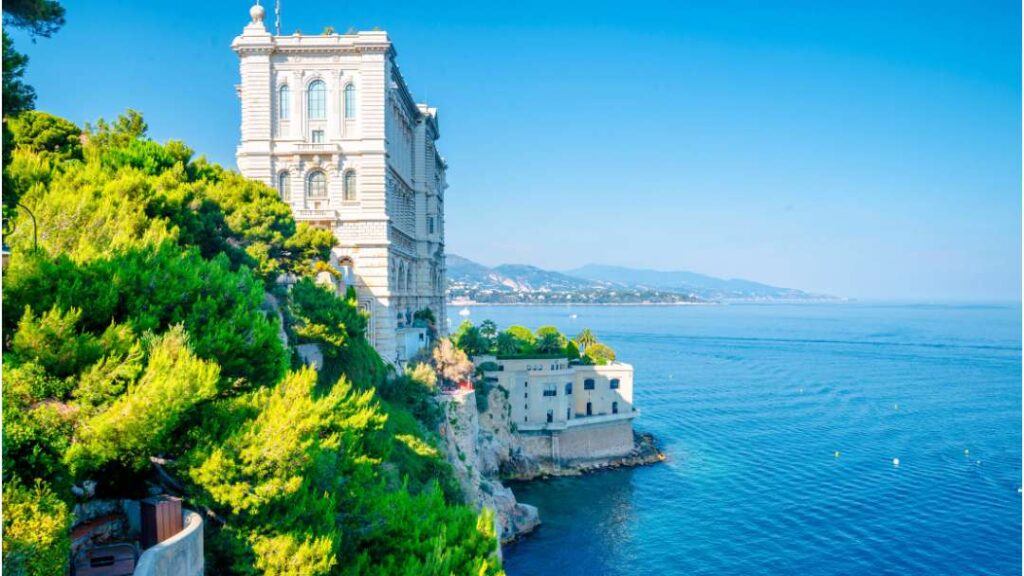
Tips for avoiding the crowds and getting the most out of life
To avoid queues and crowded halls, it’s best to visit in the early morning or late afternoon. Time slots before 11am are often quieter, as are summer evenings.
Avoid weekends, public holidays and school vacations, especially if you’re visiting with the family.
Finally, book your tickets in advance on the museum’s official website, to take advantage of non-stop admission and access to the best offers.
If you’re looking for a turnkey solution to visit the museum and discover Monaco, Tour Azur offers a comfortable alternative.
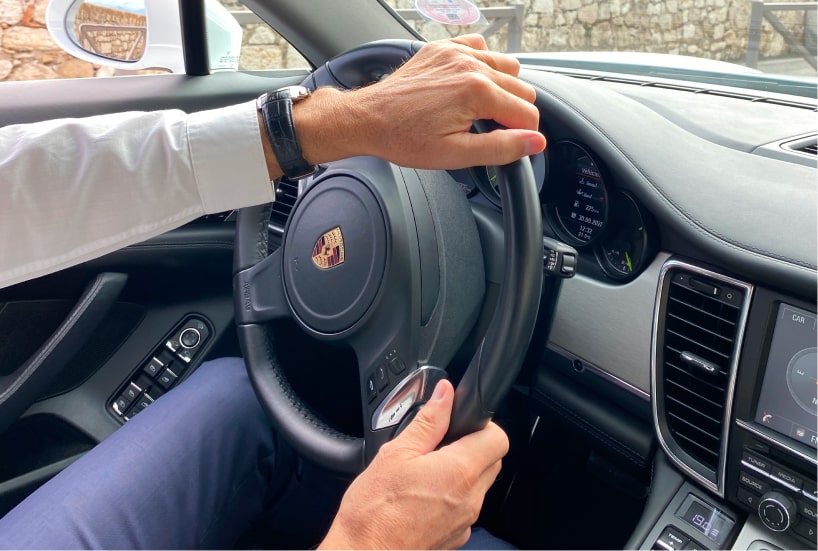
The Tour Azur good plan
Combine your visit with a guided tour of Monaco
To avoid queues and crowded halls, it’s best to visit in the early morning or late afternoon. Times before 11 a.m. are often quieter, as are summer evenings.
Avoid weekends, public holidays and school vacations, especially if you’re visiting with the family.
Finally, book your tickets in advance on the museum’s official website to take advantage of unrestricted admission and access to the best offers.
Whether you’re in a group or in private, our drivers allow you to make the most of your day, without any logistical constraints.
You can also include the famous Casino de Monte-Carlo in your program for a 100% Monegasque day out.
Our private chauffeurs will accompany you for a tailor-made day out
Whether you choose shared service or a private tour, our drivers will pick you up at your hotel or accommodation. You’ll enjoy a comfortable, air-conditioned vehicle, and above all, discreet, punctual and friendly assistance.
It’s an opportunity to combine cultural discovery, logistical comfort and freedom. An ideal solution if you’re with family, friends or simply looking for a special moment on the Côte d’Azur.
To visit Monaco’s Oceanographic Museum is to plunge into the heart of a place where science meets emotion. From spectacular aquariums to historical exhibits and children’s activities, every space has been designed to arouse curiosity and leave a lasting impression. For a complete experience, Tour Azur offers comfortable excursions, including transport and guided discovery of Monaco. A simple and pleasant way to make the most of this must-see visit.
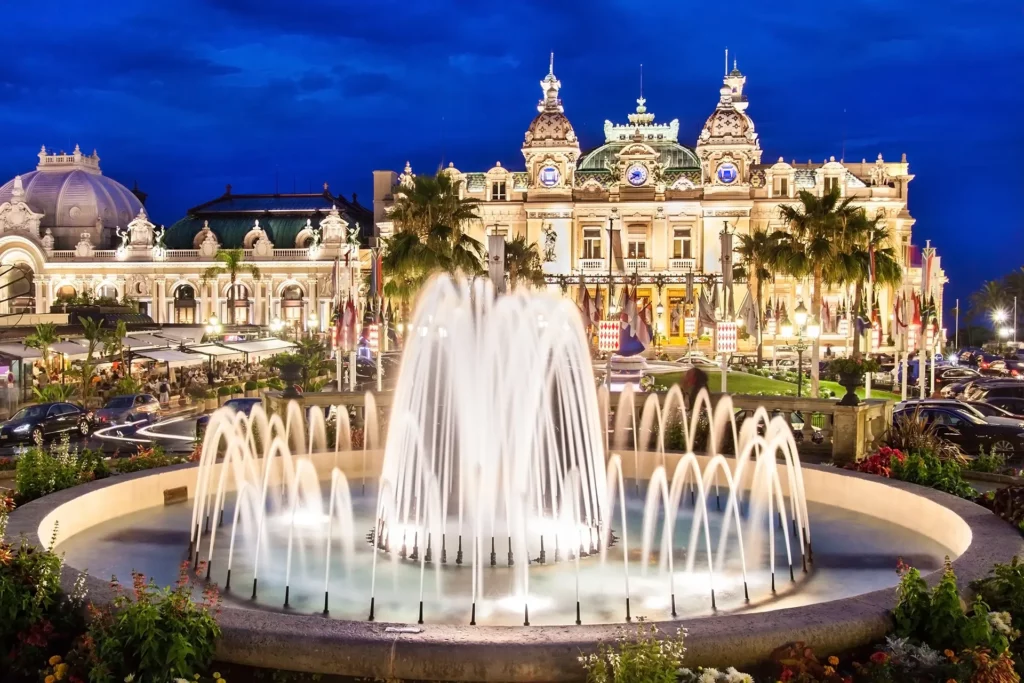
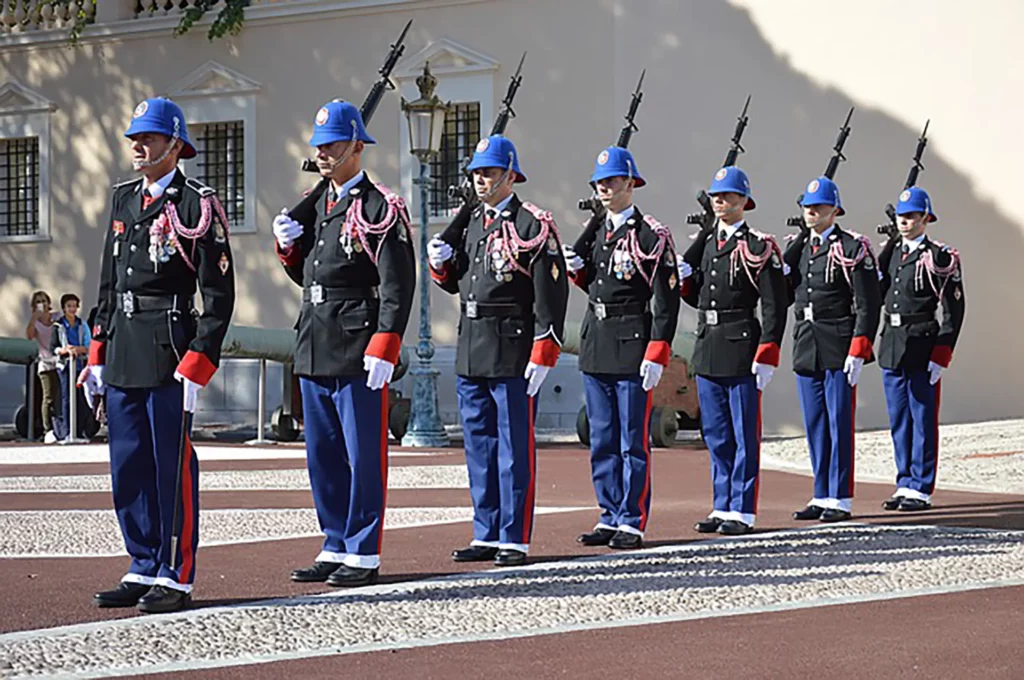
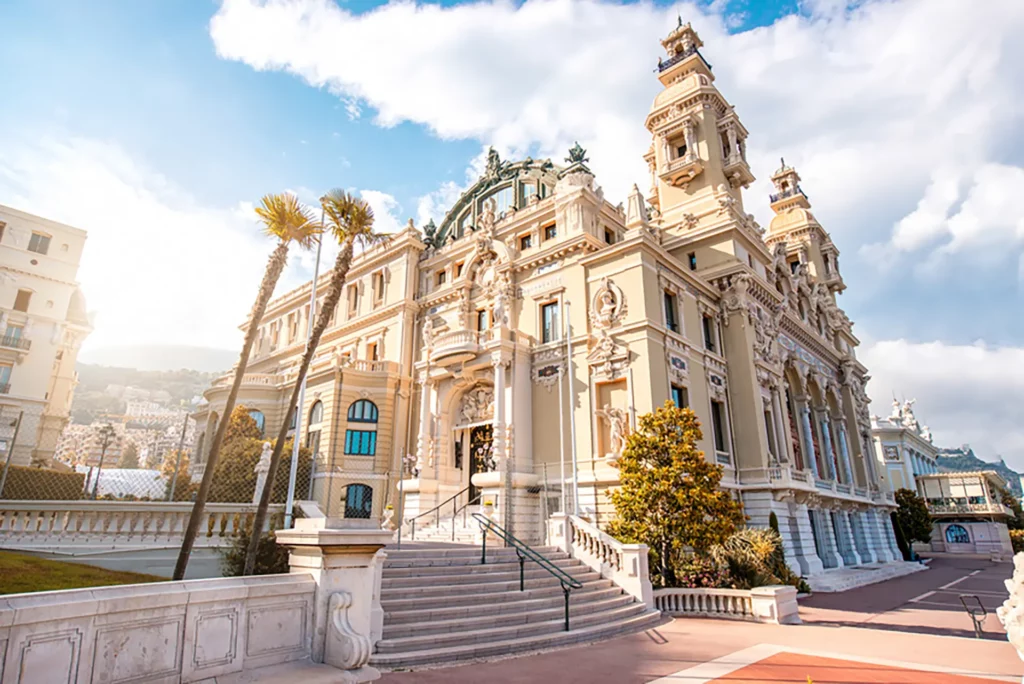
Visit the village of Eze and a perfume factory, admire the Princely Palace, the Monaco Grand Prix track and the legendary Place de Monte-Carlo.
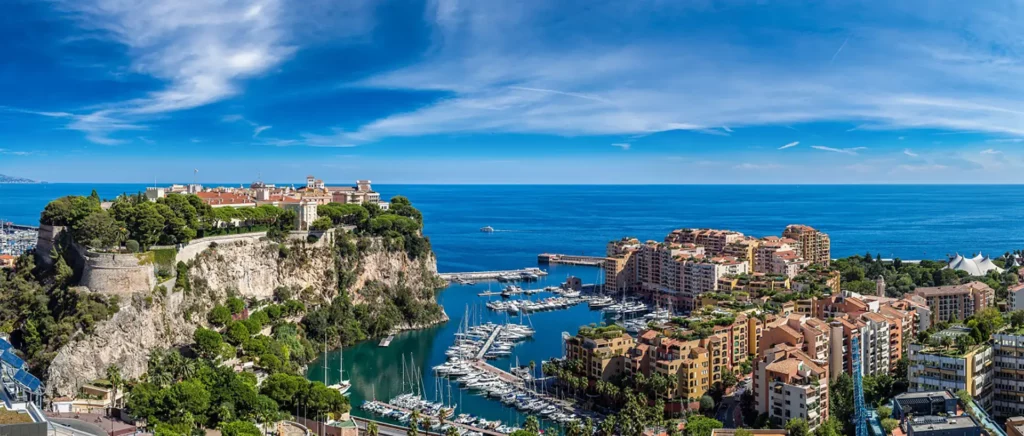
Riviera panorama
Join the village of Èze and then Monaco to discover the old town, palace and cathedral. From the Formula 1 Grand Prix circuit, contemplate Monte-Carlo. Then discover Cannes and Antibes.
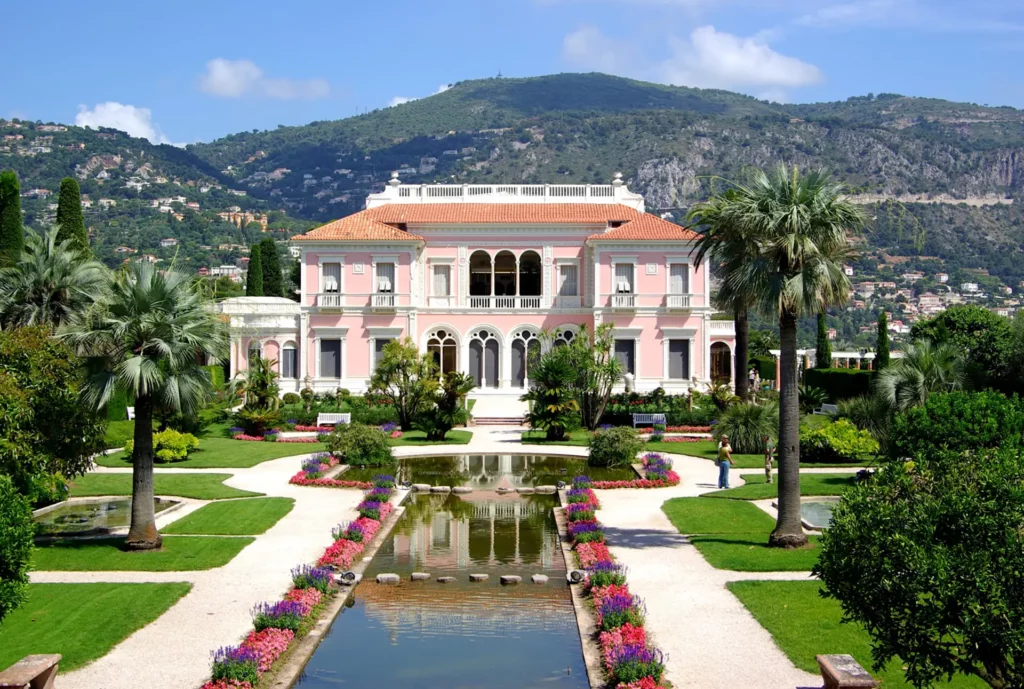
French art of living
Discover the village of Èze and the Principality of Monaco before visiting the Villa de la Baronne de Rothschild and its botanical gardens. Enjoy a gourmet break at the Baronne’s salon.
A shared tourOn the other hand, we offer small-group tours in a shared vehicle, following a fixed itinerary. The driver takes care of the journeys, but does not accompany you to the sites.
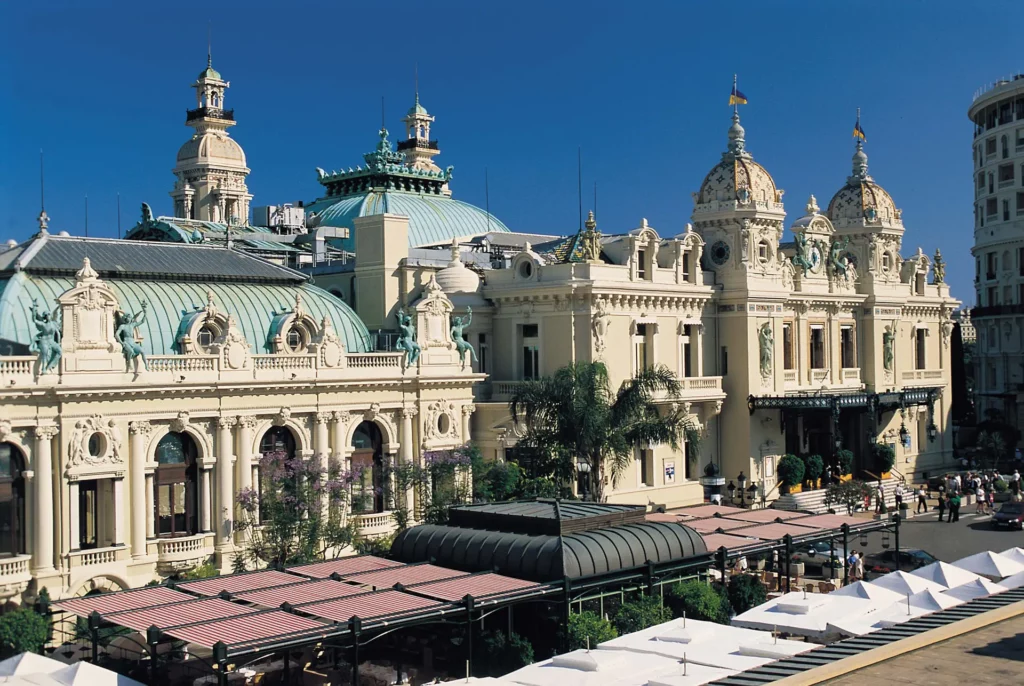
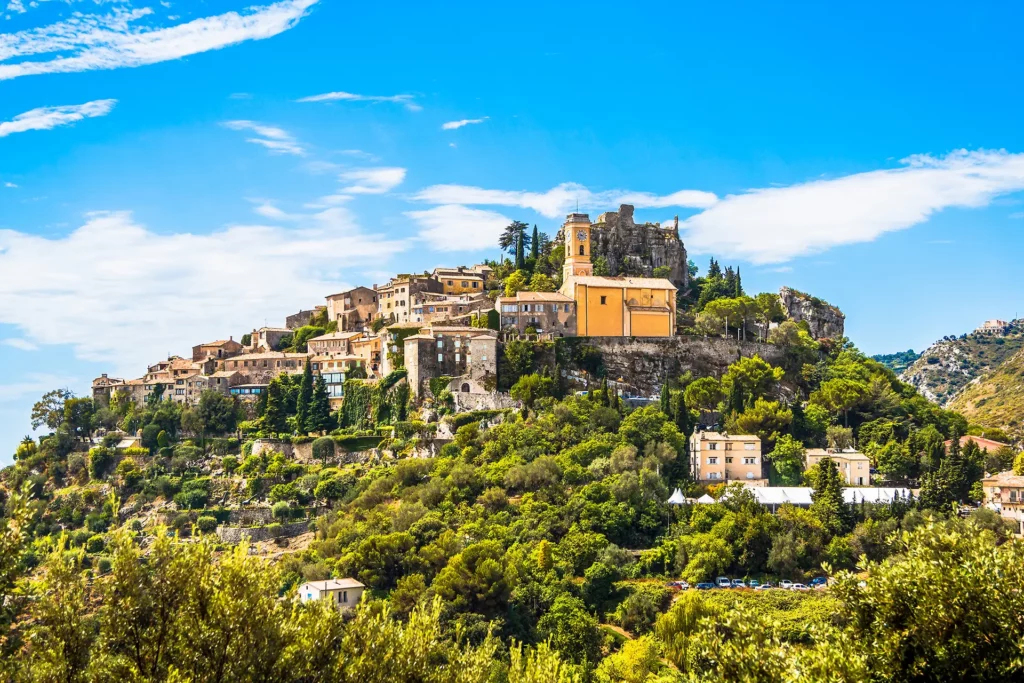
Monaco, Monte-Carlo & Eze from Nice

Riviera panorama
Join the village of Èze, then the Principality of Monaco to discover the old town, its palace and cathedral. From the Formula 1 Grand Prix circuit, drive to Monte-Carlo. Then discover Cannes and Antibes.
